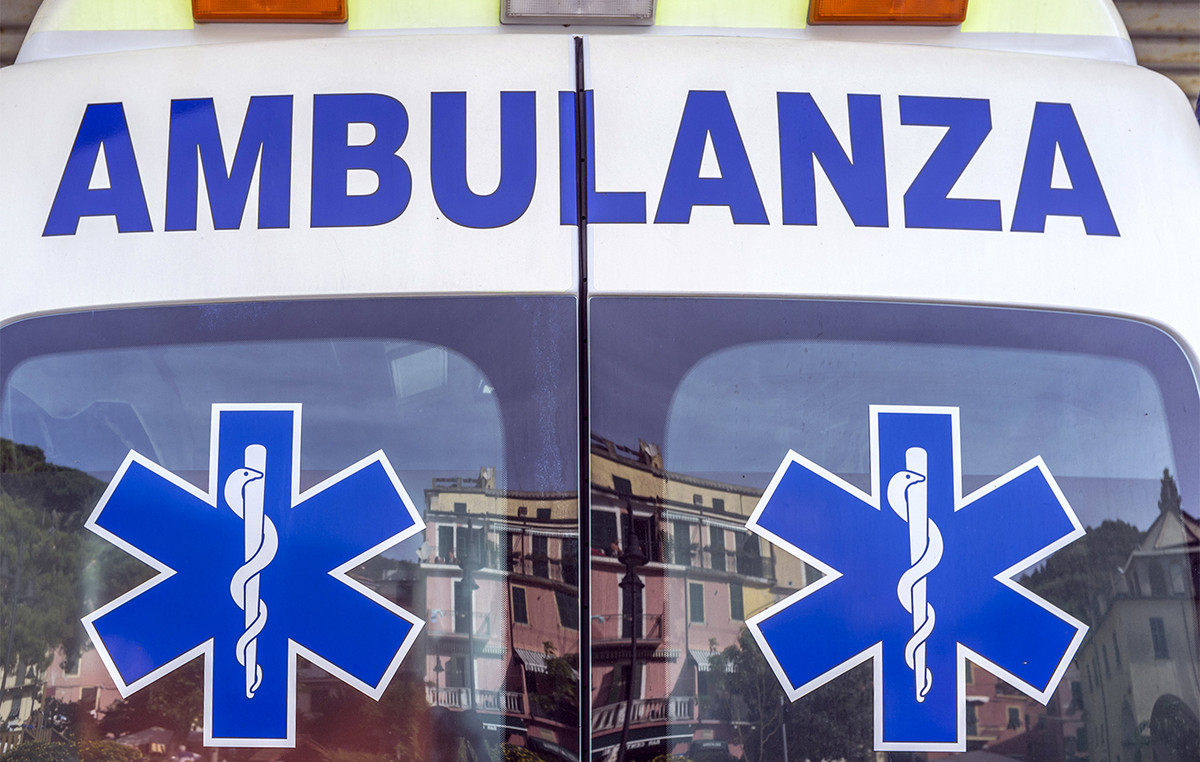The United States anchored a temporary floating port on a beach in Gaza this Thursday (16) to increase the volume of humanitarian aid deliveries, but Washington faces the same challenges that have plagued the United Nations and civil entities for months with regard to distribution of assistance to the war-torn enclave.
Among them, working in a conflict zone trying to avoid imminent famine and fuel shortages for humanitarian aid trucks. The UN also lacks the ability to create a clear path for the distribution of these supplies by land.
Trucks carrying humanitarian assistance are expected to begin coming ashore in the coming days, U.S. Central Command said in a statement announcing the docking of the temporary port. But aid agencies said there were still challenges to resolve.
“When you bring food or supplies into the Gaza Strip, whether by sea or from crossing points, there is no security and… there is no fuel,” said Bob Kitchen, vice president of emergencies at the International Rescue Committee.
President Joe Biden announced the port's creation in March as aid officials called on Israel to improve access for aid supplies to Gaza via land routes. By opening a route for delivery by sea, the US hopes to combat the humanitarian crisis that has thrown hundreds of thousands of people into food insecurity.
The project has been expensive and slow.
Bad weather delayed the installation of the port, which is estimated to cost $320 million and involves 1,000 US troops. The UN has been adamant that maritime access does not replace land access, which needs to remain the focus of aid operations in Gaza.
The United Nations and aid groups have long complained about the dangers and obstacles of entering and distributing aid throughout the Gaza Strip.
Since the start of the war, 191 UN collaborators have died in Palestinian territory – including the first member of the organization's international team on Monday.
“In the early days of any operation like this, there will be a lot of trial and error,” said a UN official, speaking on condition of anonymity. “And we just hope this trial and error doesn’t end in someone’s death.”
Israel has occupied Gaza since the Hamas attack on October 7, when Palestinian militants killed around 1,200 people and kidnapped another 250. Gaza health authorities, on the other hand, say Israel has killed more than 35,000 people in Gaza since then. .
Senior UN officials and international NGOs accuse Israel of preventing aid deliveries into Gaza, but Israel denies that it has restricted operations and blames the United Nations for the difficulties.
A complex route
Aid delivery across the maritime corridor is already underway. A British shipment of almost 100 tons of supplies left Cyprus on Wednesday (16), while a US-flagged ship left Cyprus last week.
US officials said the floating port has an initial capacity to supply 90 trucks per day, but that number could reach 150 trucks.
The United Nations has said that 500 trucks of humanitarian aid are needed in Gaza per day. In April, the UN reported that the highest average of aid entering Gaza since the start of the war was 189 trucks per day.
But there has been a drop in this rate since Israel began a military operation in the Rafah region in southern Gaza.
A severe fuel shortage forced the UN to ration gasoline. An alert was issued warning that the crisis could lead to the suspension of aid operations.
A US official and another source with access to the situation in the enclave, on condition of anonymity, said there was enough fuel available for the United Nations to begin distributing supplies.
The Israeli military, the source said, agreed to make sufficient supplies available for the operation “on a regular and predictable basis.”
Once it arrives on land, the aid delivered by the US will follow a challenging, and still uncertain, path to reach civilians in Gaza.
Plans announced by Biden in March called for sending aid from Cyprus, where Israel will first inspect the cargo. US troops are not expected to disembark at any time.
Instead, according to U.S. and U.N. officials, some other organization will pick up the aid at the port, move the shipment a short distance, and then unload the goods ashore so that a U.N.-hired team can collect humanitarian aid.
The UN official said there is a plan for UN staff to be stationed near the port, supervising and directing aid trucks to distribution points in Gaza, but that this strategy has not yet been approved by the UN Department of Safety and Security. .
A UN team that visited the pier late last month had to take shelter in a bunker after the area came under attack. The UN has been concerned with ensuring neutrality, keeping its distance from the Israeli military who will provide security and logistical support to the port.
The UN official said that “at no time” will there be any contact between the Israeli military and UN staff.
Today, asked about negotiations between the US and the UN regarding the delivery of aid from the port, a spokesperson said only that: “discussions are ongoing”.
Source: CNN Brasil
Bruce Belcher is a seasoned author with over 5 years of experience in world news. He writes for online news websites and provides in-depth analysis on the world stock market. Bruce is known for his insightful perspectives and commitment to keeping the public informed.






